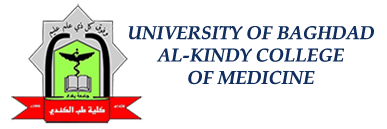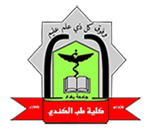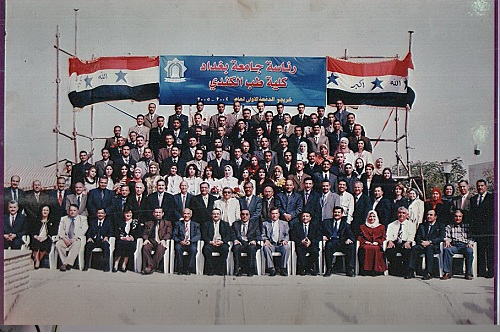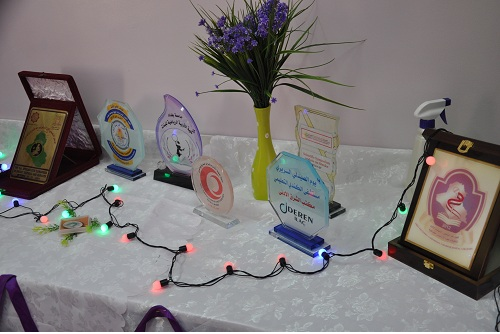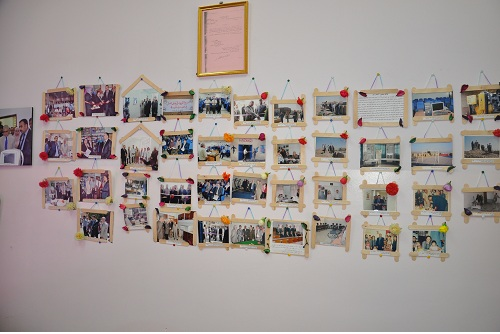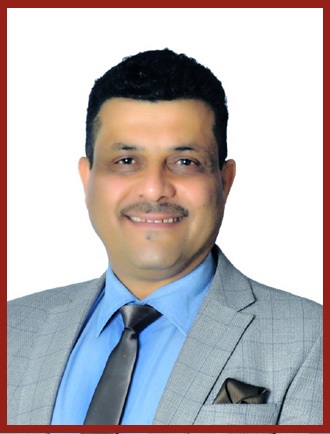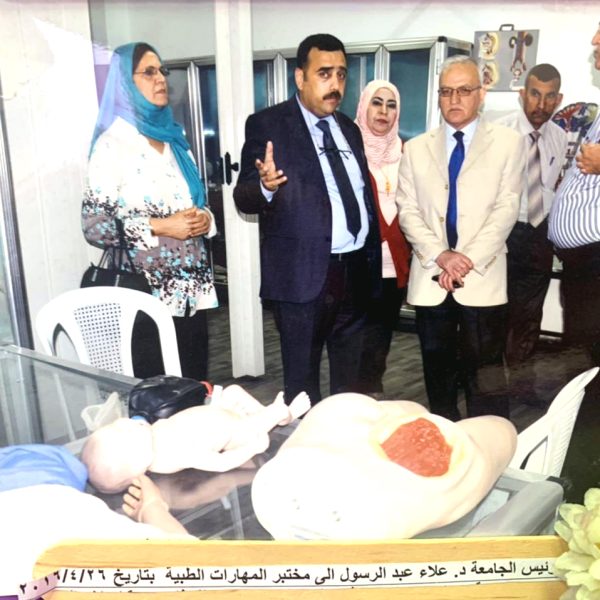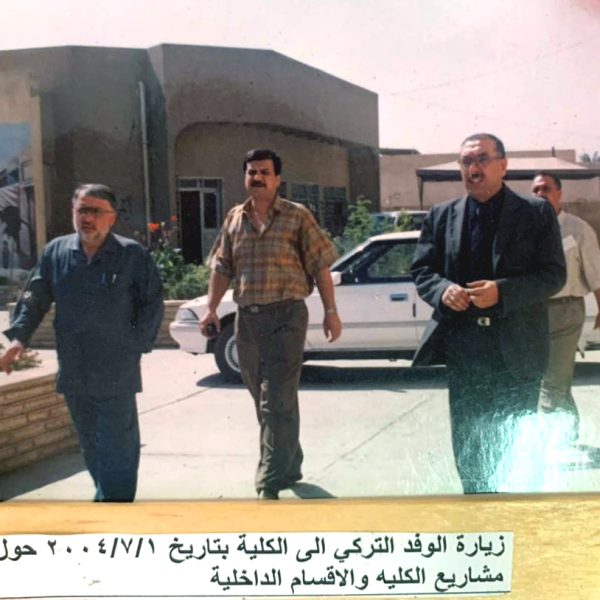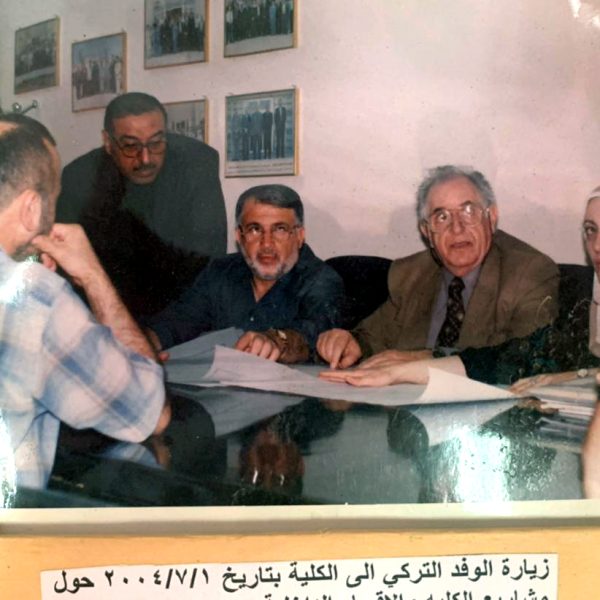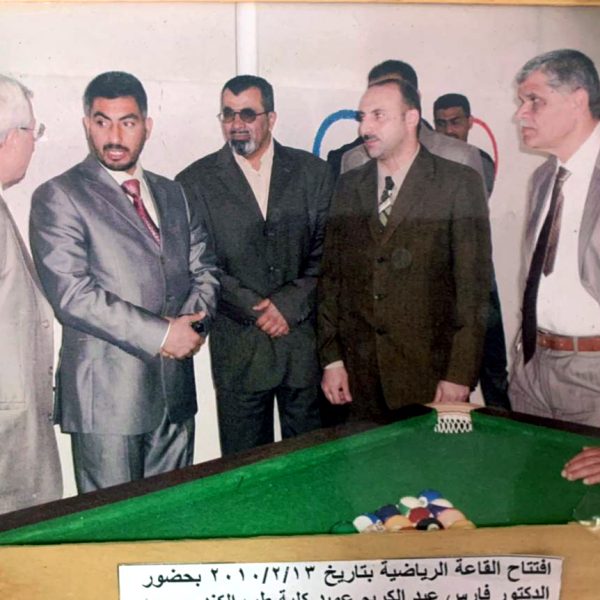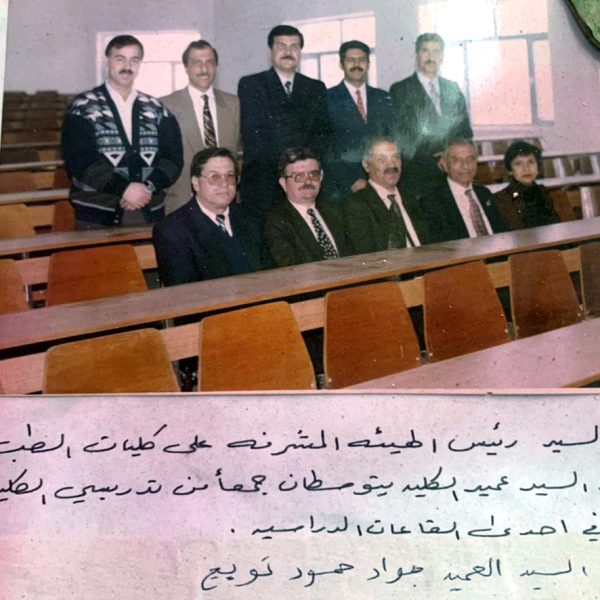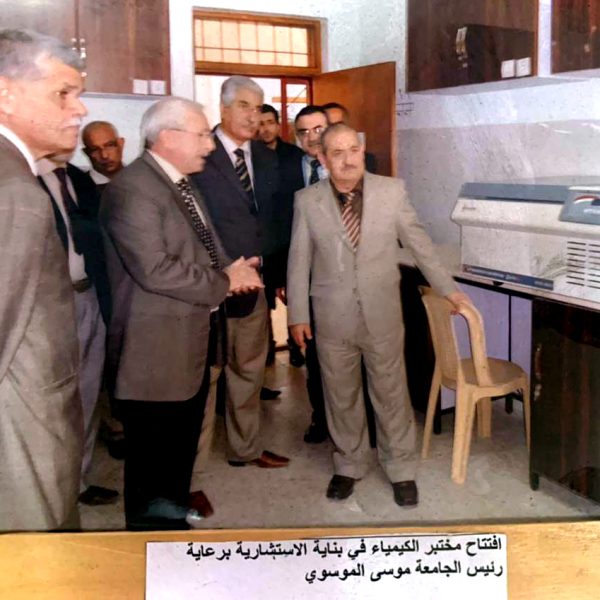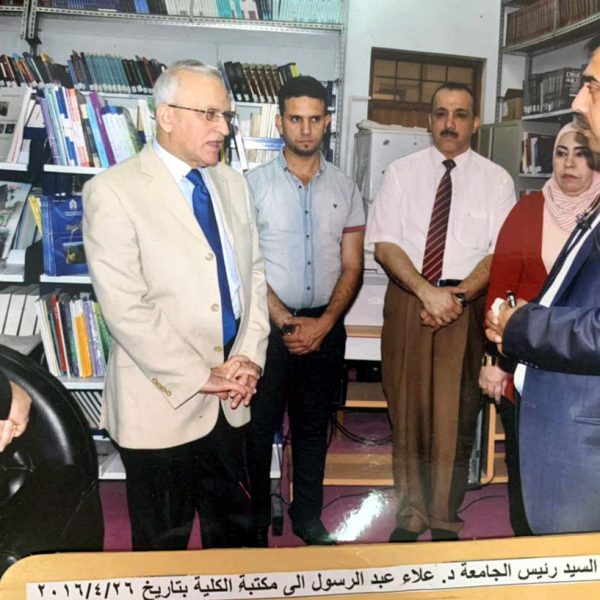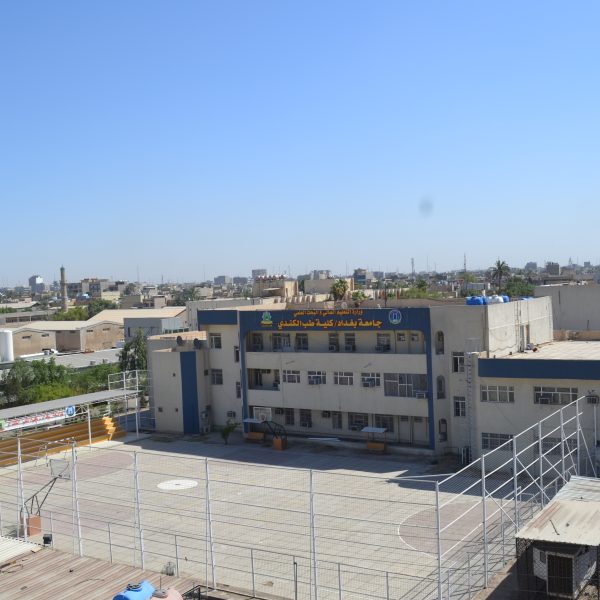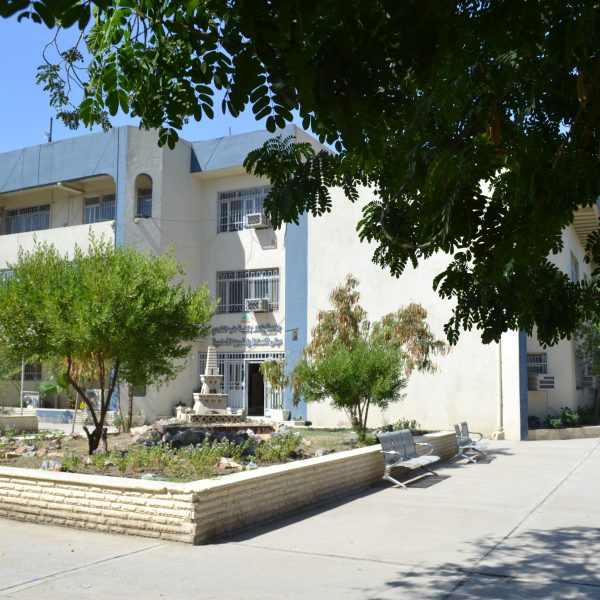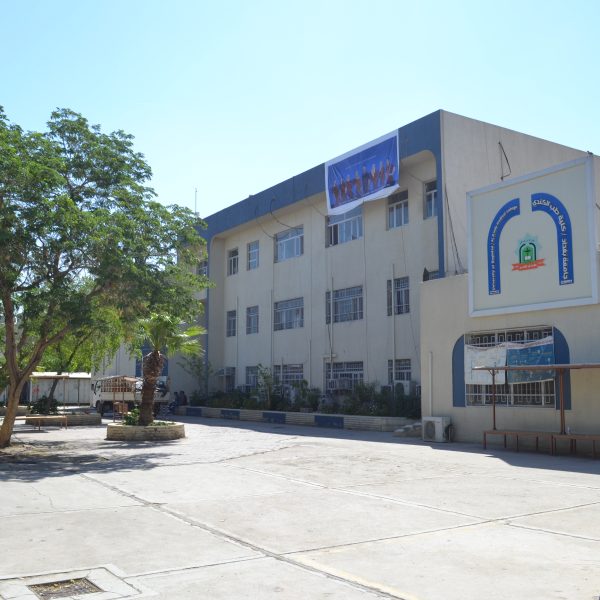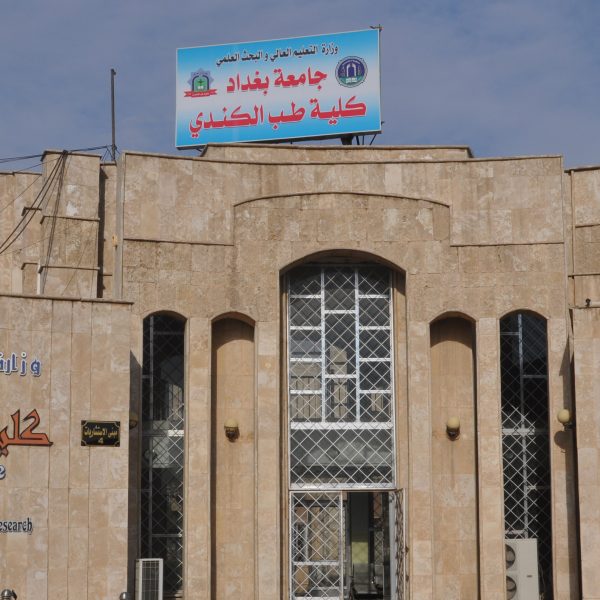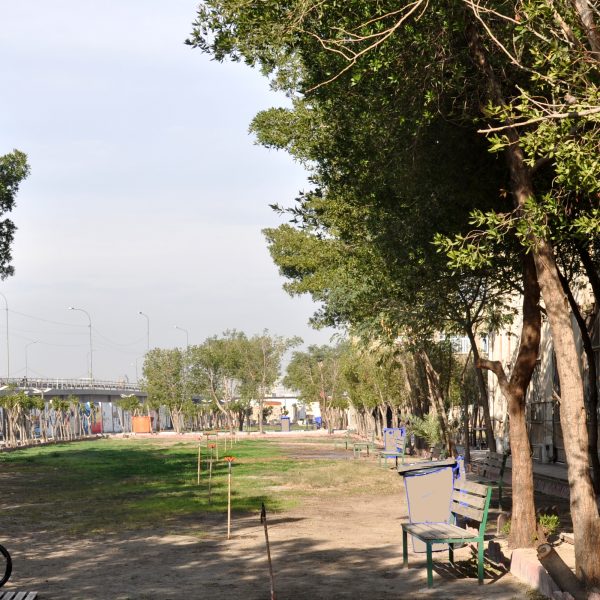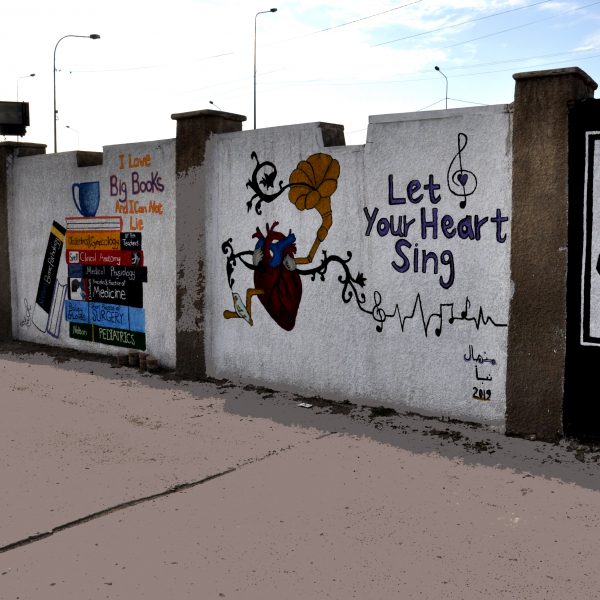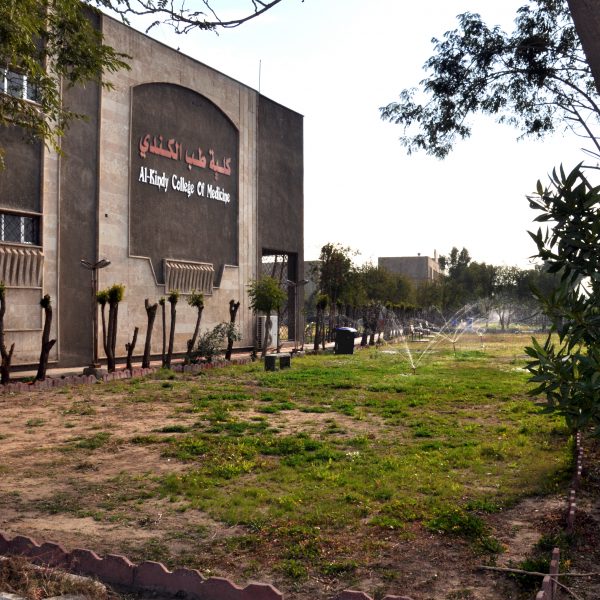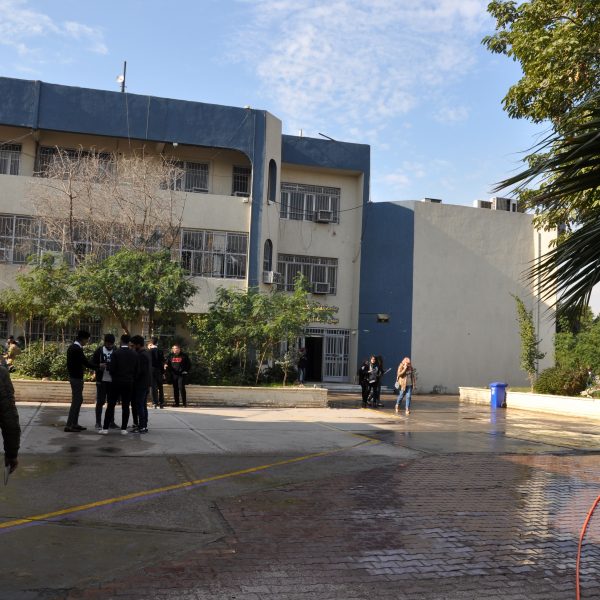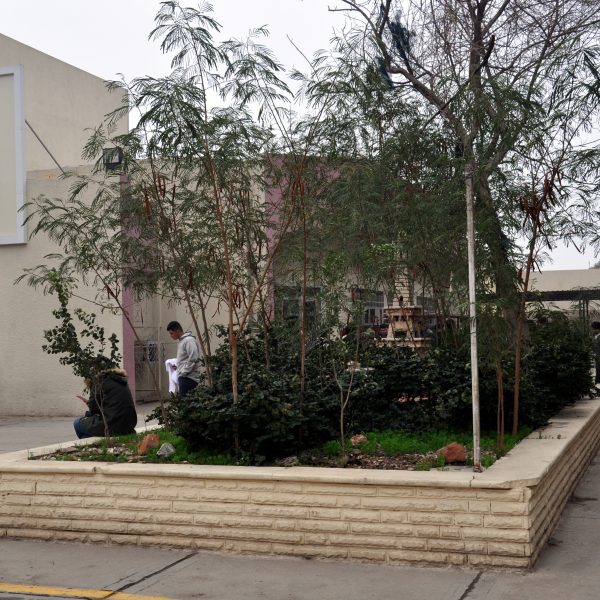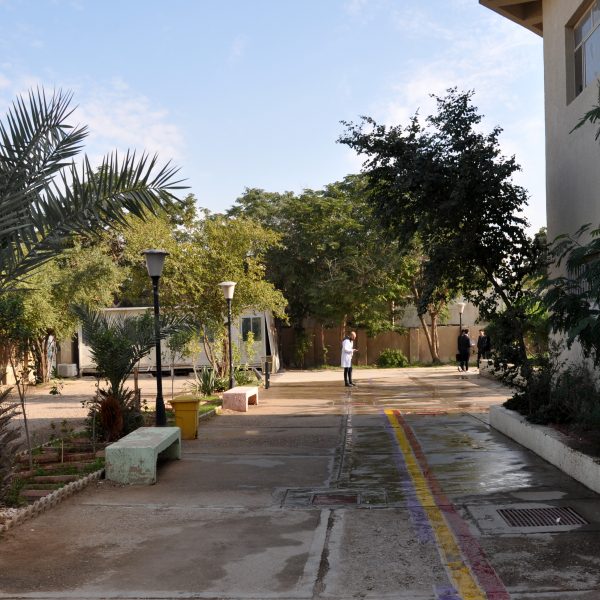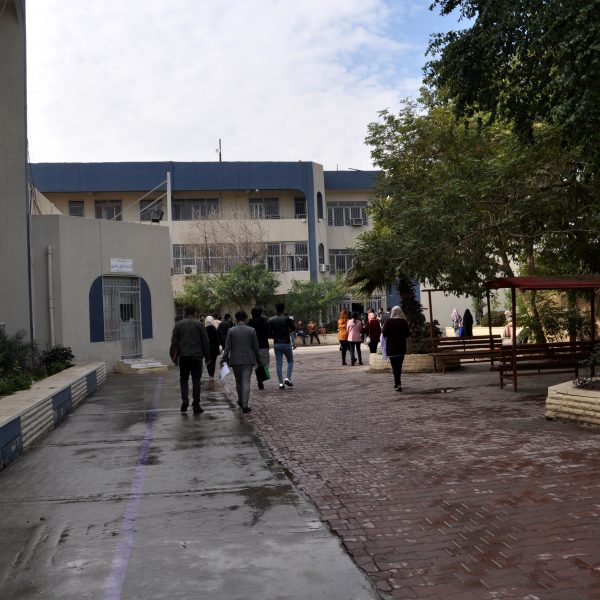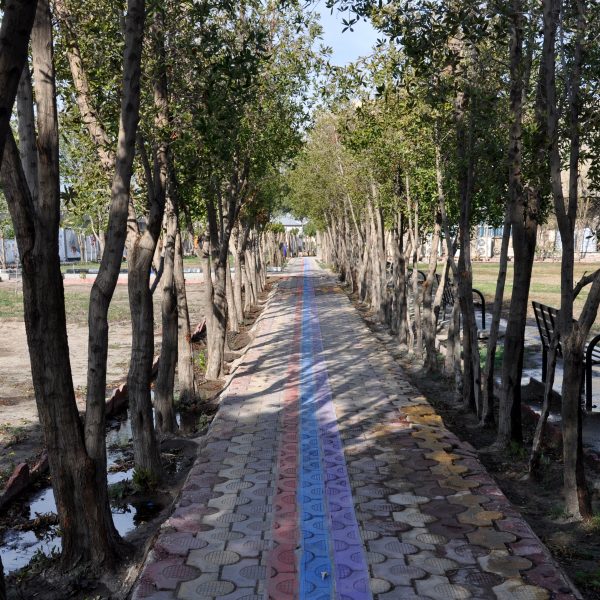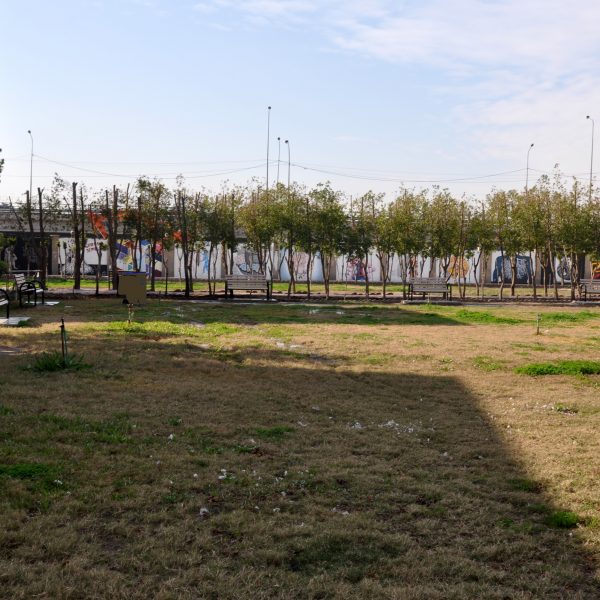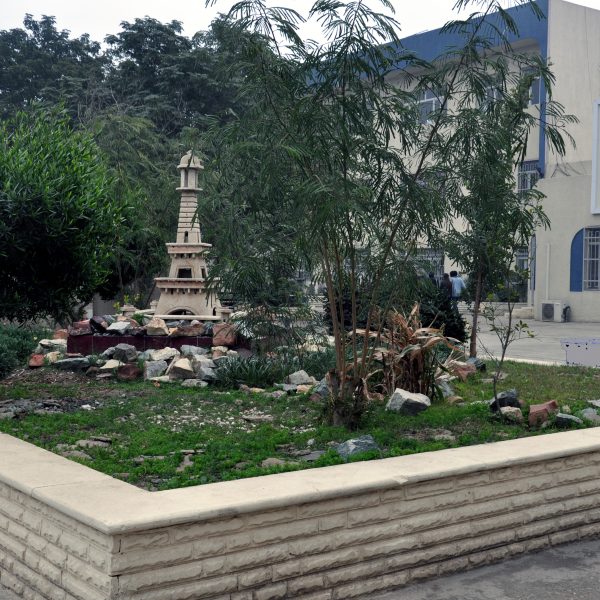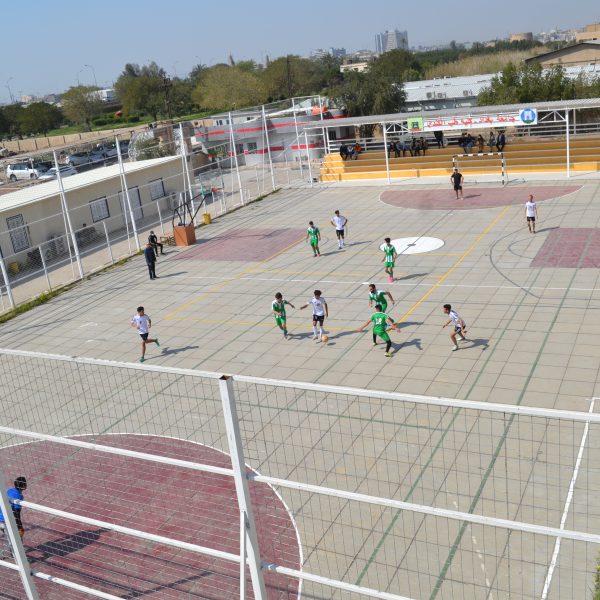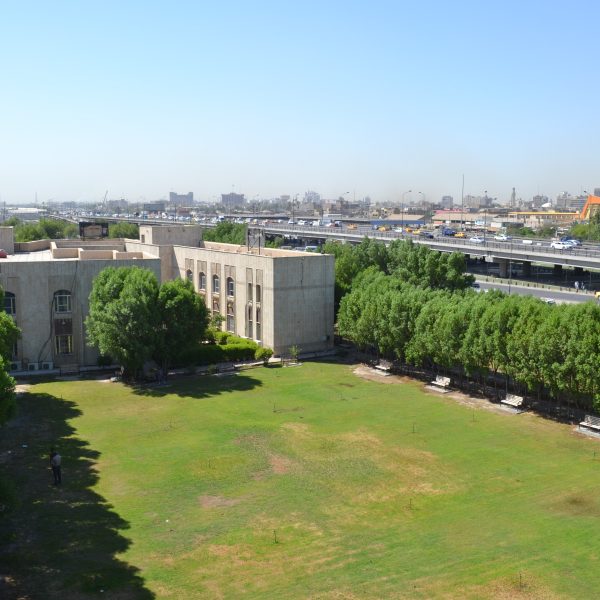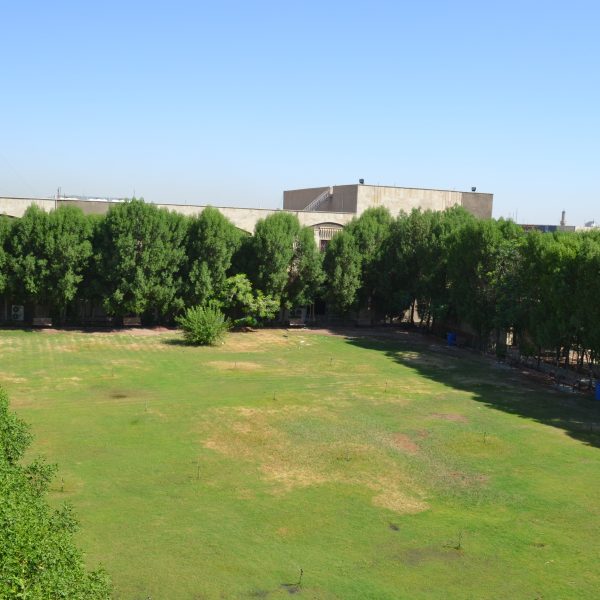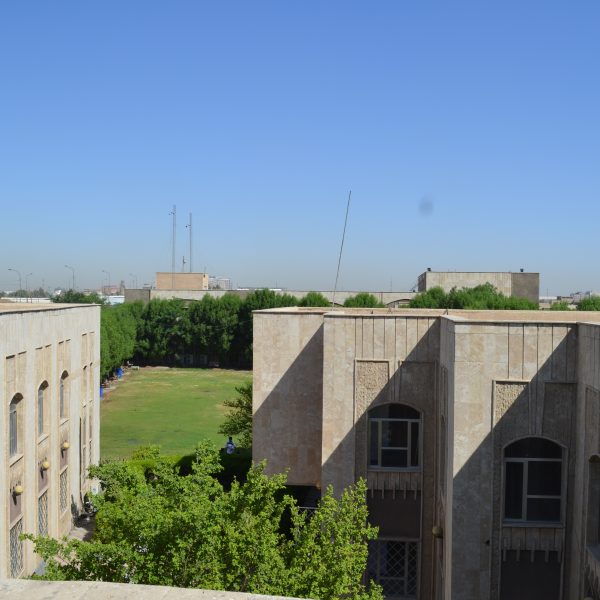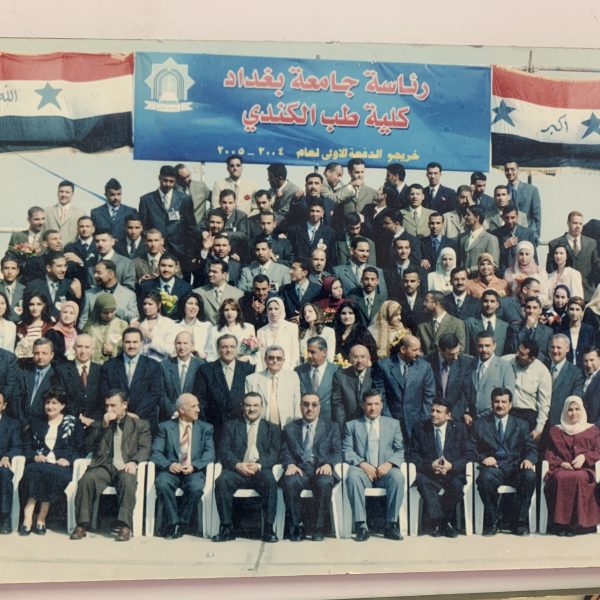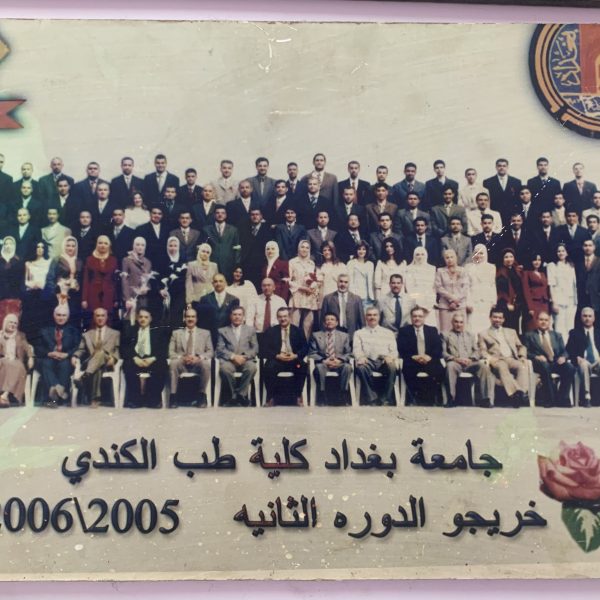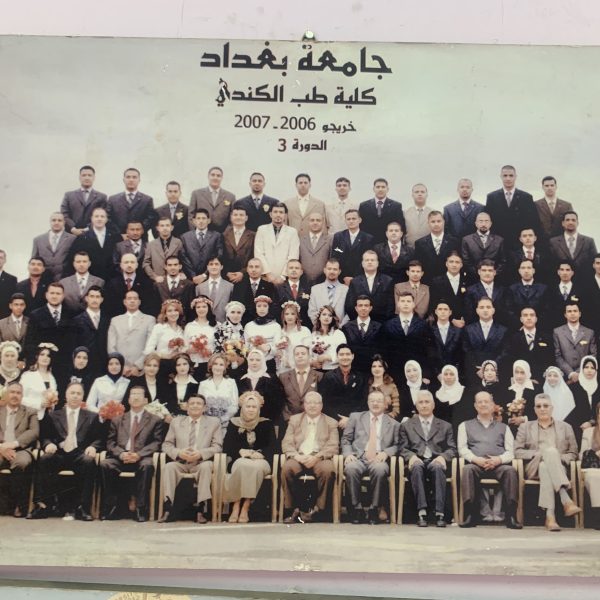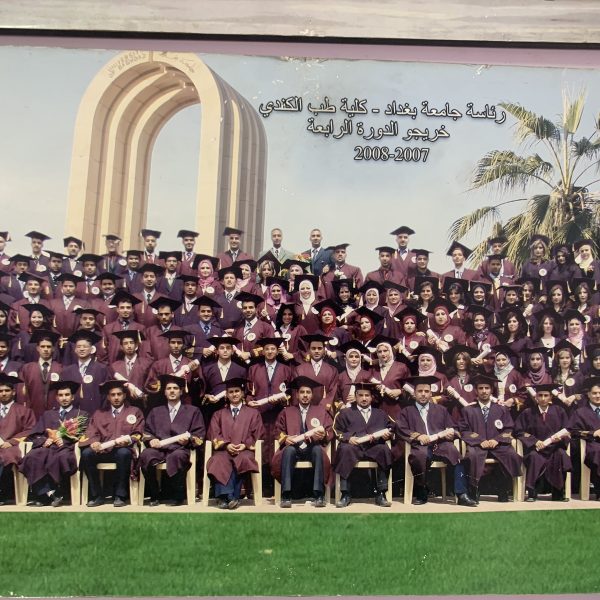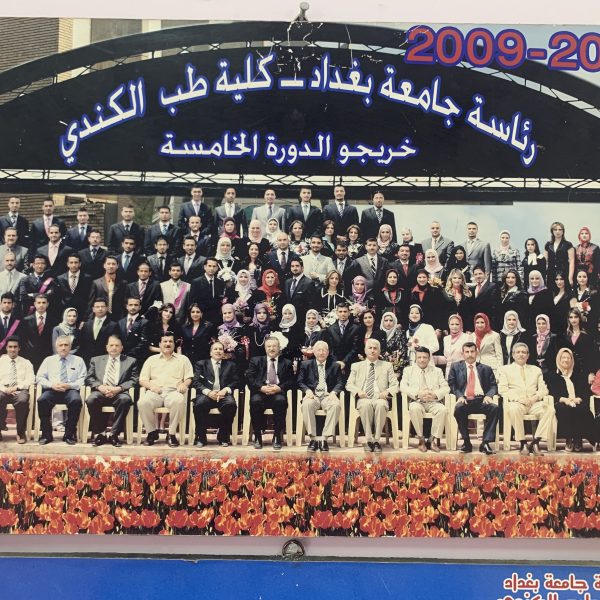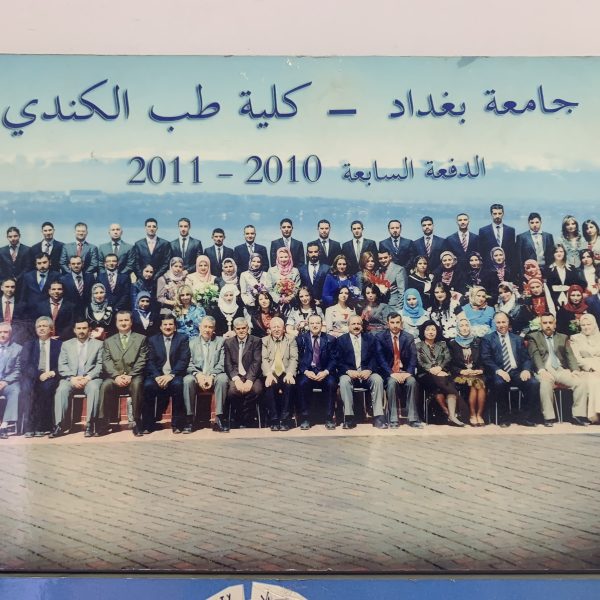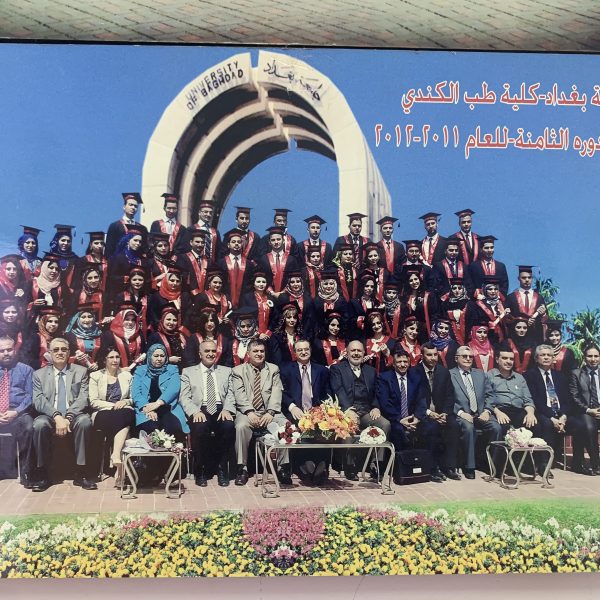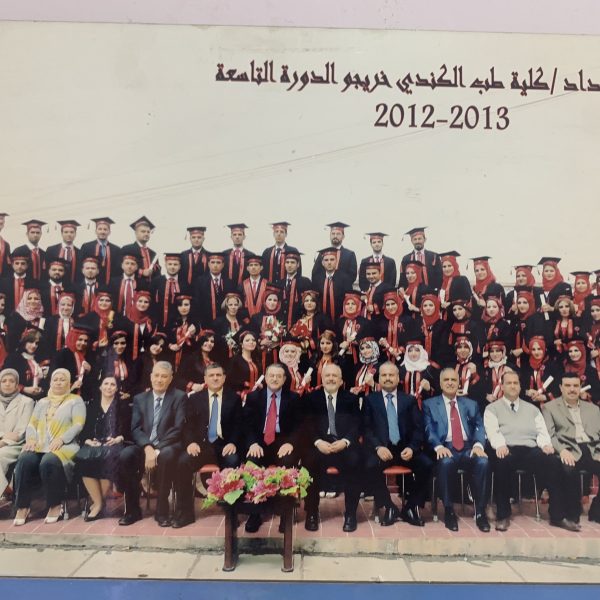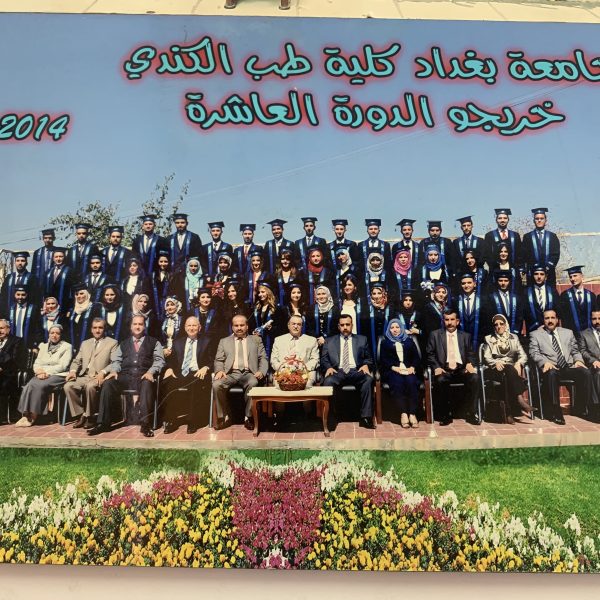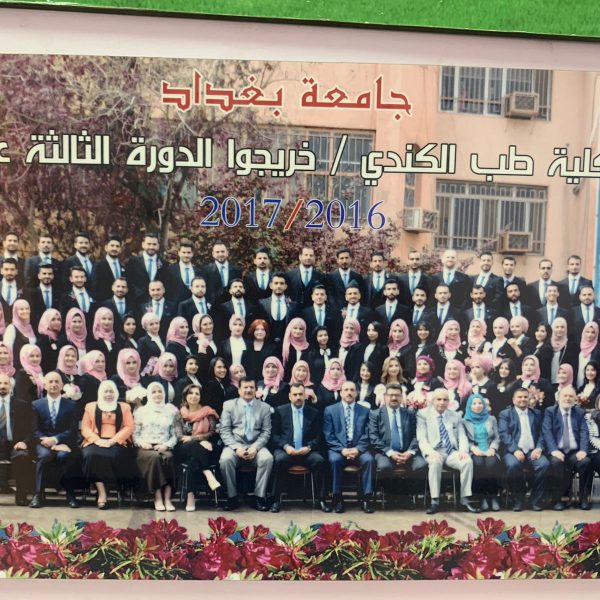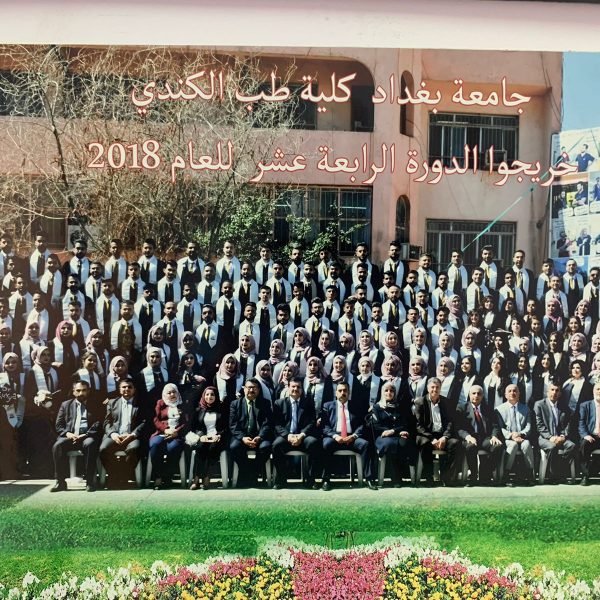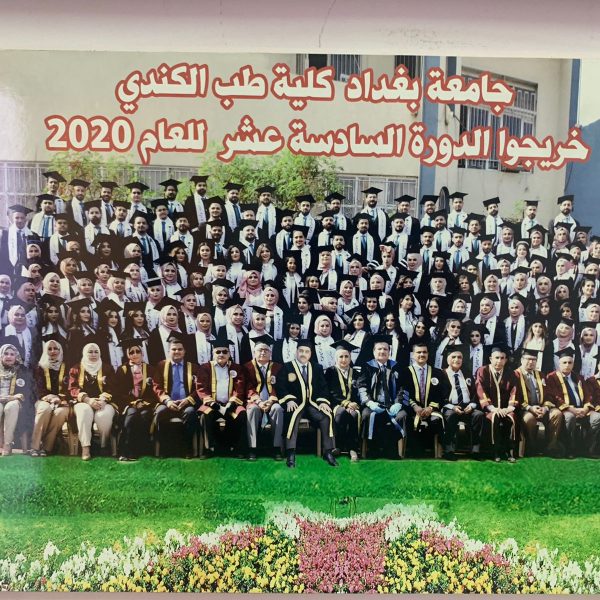About the Museum
Based on the university’s directives, a visual museum and an electronic museum were established to display all the achievements made over the past years, in addition to displaying the historical march of the Canadian Medical College since its establishment until this period.
A panel was made containing pictures of all the successive deans of the college over the past years and up to this period.
The college museum is employed in cultural and scientific activities and is present by organizing visits for guests and delegations to the museum to inform them of what museums represent from a living memory of the college.
Make visits for new students (especially) to the college museum to see the college archives to know what the old professors made of the great bid to serve the scientific process locally and globally
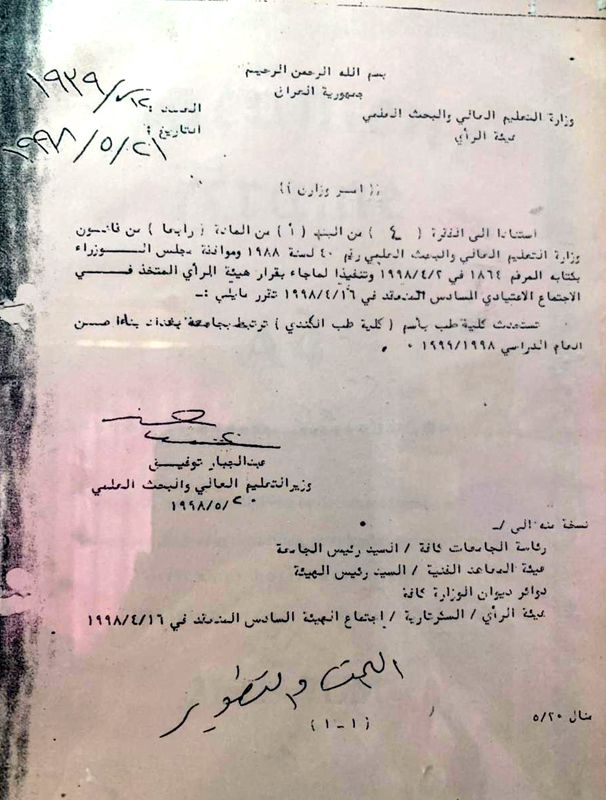
Al-Kindy College of Medicine is the second medical college at the University of Baghdad. It was established in 1998 just beside Al-Kindy Teaching Hospital – Al-Nahda Square, Baghdad. After finishing the six-year course, the M.B.Ch.B degree is given to the student.
The college received the first batch of accepted students, who numbered 77 for the 1999 academic year. The first graduation ceremony in this college was done in the summer, of 2005.
The college is committed to supporting the Iraqi community with physicians who are qualified in the diagnosis and treatment of its health problems and who have the ethics of the profession, it also seeks for enriching the medical specialties with research that help in solving health problems in our society.
The college adopts the traditional six-year program approved by the Higher Committee of Medical Education in Iraq to graduate a doctor with a bachelor’s degree in medicine. However, since 2013, the college has adopted a new training program that relies mostly on the integration between the basic and clinical branches, emphasizing that The student will be the main detail in the learning process, after obtaining approval for this academic training curriculum from the Ministry of Higher Education and Scientific Research and the University of Baghdad.
Postgraduate studies for science began in the 2010-2011 academic year
Higher Diploma in Medical Education in Iraq 2010
Higher Diploma in Family Medicine – 2014
College Deans
| Name | From | To |
|---|---|---|
| Dr. Jawad Hamood Towaje | 2/4/1998 | 31/7/1999 |
| Dr. Sabah Abdullaa Alobadi | 1/8/1999 | 3/9/2001 |
| Dr. Saad Salih Alaani | 4/9/2001 | 7/3/2006 |
| Dr. Sadeq A. Almukhtar | 8/3/2006 | 18/11/2006 |
| Dr. Faris Abdulkareem Khazaal | 5/9/2006 | 29/6/2011 |
| Dr. Sadeq A. Almukhtar | 30/6/2011 | 2/9/2014 |
| Dr. Mohammed Abdullmahdi Al-Qurtas | 2/9/2014 | 4/11/2019 |
| Dr. Mohammed Jalal Husain | 18/12/2019 | 9/8/2023 |
| Dr. Mohammed Shihab Ahmed Aledanni | 9/8/2023 |
Mission
To fulfill the goal of graduating excellent, safe, competent, and professional doctors at both the undergraduate and postgraduate levels who are dependable in providing health care services and leadership.
Outcomes
Learning and practice
On completion of this six-year MBChB, integrated, student centered curriculum program, the medical graduate should be able to:
- Demonstrate a thorough knowledge of the human body’s structure and function, and competent communication, clinical and procedural skills consistent with current standards in the contemporary medicine.
- Implement a competent teamwork practice.
- Enhance your leadership skills as you learn to take a preventative, promotive, and curative approach in medical practice.
Research
- Establish the ability of self-learning, analytical thinking, and problem-solving process in preparation for professional responsibilities and community-based lifelong learning.
- Consolidate the capacity to conduct research and pursue a postgraduate degree.
Community service and social accountability
- Hold efficiently and honestly a future post in any branch of the medical profession.
- Achieve excellence in social accountability in terms of recognition and fulfillment of community health care needs and delivery system requirements.
- Adopt appropriate behavioral conduct and attitude toward patients and their families, colleagues, faculty members, and health care staff.
Program Educational Objectives (PEO)
General objectives of undergraduate medical education:
Graduating competent physicians provide the best health care within the hospital and the community, emphasizing primary health care.
Physicians who can determine and identify community health problems through proper linkage of medical education are provided with the priority health problems and needs.
Adoption of the educational program focusing on priority and primary health care.
Adoption of lifelong learning and Assessments strategies.
Establishing an integrated health care system with the cooperation of MOH and WHO.
Carry out research programs oriented to community problems and health needs.
Providing a good working environment for students, faculty, and other personnel with emphasis on high academic, professional, and ethical standards within the university campus. Freedom of opinions and respect for others’ opinions and encouragement in exchanging knowledge.
Demonstrate an understanding of contemporary knowledge, skills, and attitude in communication.
Possess behaviors of medical ethics with a compassionate and socially accountable human being.
Identify common health problems in our community, manage them initially, advise the public about the prevention and provide education to people on health and health-related matters.
Develop a health care team approach and give respect to all other members of the team.
the college includes the following departments
department of Anatomy
department of microbiology
department of Pathology and Forensic Medicine
department of Physiology
department of Clinical Biochemistry
department of pharmacology
department of General Surgery
department of Internal Medicine
Department of Paediatrics
department of Obstetrics and Gynaecology
department of Family and Community Medicine
In addition to the branches, the college includes (laboratories), which are:
computer lab
Skills Lab
biochemistry lab
anatomy lab
Parasitology Laboratory
pharmacology lab
pathology lab
histology lab
microbiology lab
Medical Physics Lab
The college includes the following research units:
histocompatibility unit
Obesity research and treatment unit
knee arthroscopy unit
The Library: The library was established with the founding of the college in 1998, with an area of (200 square meters) and a building of its own has been allocated to it in which there is a reading room and in which there are several departments (the department of supply, receiving, indexing, lending, periodicals (magazines), CDs, automatic retrieval department, and free education, in addition to The presence of movies, video cassettes, CD, disc and recorded cassette, with the use of computers inside the hall. In the reading hall, there is a large editor, references, and a television system for transmitting surgical operations from the operating room to the library hall.
